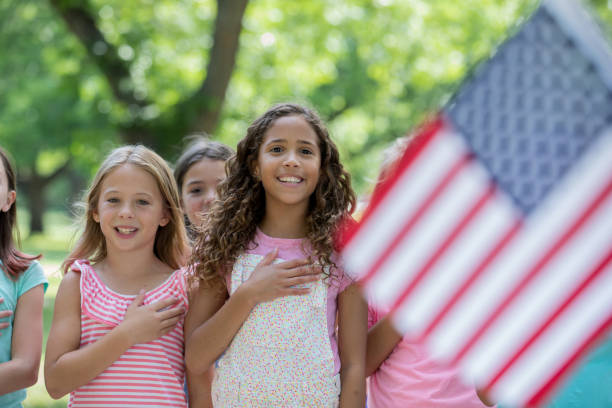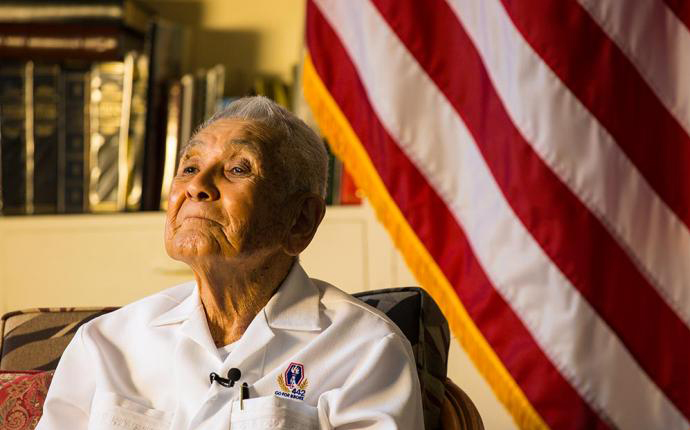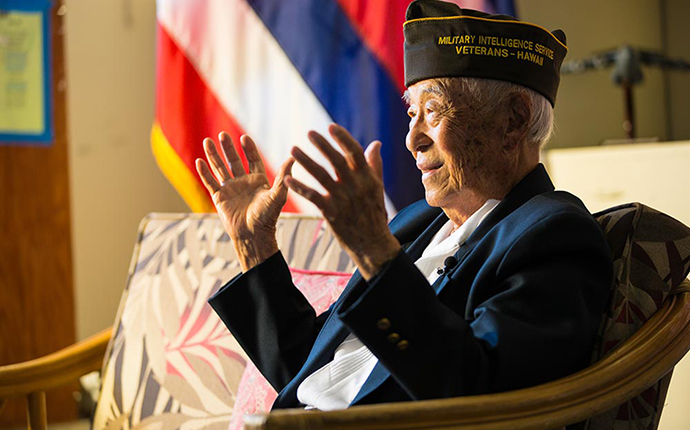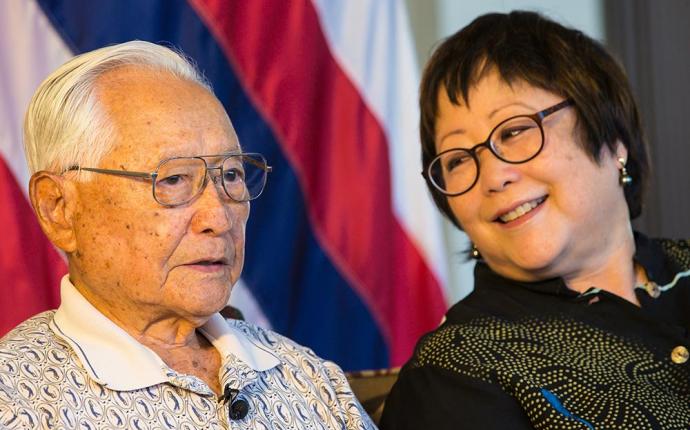私達の使命
第二次大戦でアメリカ軍として戦った日系アメリカ人の歴史や功績を保存し、語り継ぎ、未来へ引き継いでいくこと。

日系二世兵士の歴史を伝える重要性について、元NVL会長ヘイラクジ氏のインタビュー抜粋(2021年7月にライブ配信されたNLV主催教育プログラムより)

日系二世兵士の遺産 なぜ現代にも重要な歴史なのか
日系二世兵士は戦場でも、また地元ハワイでも困難に立ち向かいました。彼らの親である移民一世は1800年代後期によりよい暮らしを求めて日本からハワイへ移住しました。一世の苦労を目にして育った二世は、日本の価値観を受け継ぎ、アメリカで実践しました。
NISEI SOLDIERS: AMERICAN PATRIOTS
Four Hawaii Nisei veterans share their World War II stories.

100th: Takashi Kitaoka
Takeshi Kitaoka awoke on Dec. 7, 1941 to the sounds of an explosion, followed by another. Outside his Kaimuki home, there was chaos in the sky, with strike planes soaring toward Pearl Harbor.

442nd: Robert Kishinami
Robert Kishinami saw planes soaring above his Haleiwa neighborhood and realized it wasn’t a military maneuver with zeroes and tracers. They were real bullets, a declaration of war.

MIS: Herbert Yanamura
Herbert Yanamura was just a carefree high school kid in Kona — the son of a coffee farmer originally from Japan — when the call came for volunteers for the 442nd Regimental Combat Team.

1399: Richard Okamoto
As part of the 1399 Engineer Construction Battalion, Richard Okamoto’s war experiences are not heroic battle stories. Yet like fellow Nisei, when his country called, he didn’t hesitate to rise up.
お問い合わせ
We'd love to hear from you!
Request for Newsletters
The NVL issues two newsletters: The ニュースレター、NLVニュース which is a paper and electronic publication providing comprehensive updates about the organization, ongoing projects, and upcoming events. And the 「頑張り」 which contains brief articles and is transmitted only electronically.
If you are interested in receiving future electronic copies of newsletters, send an email to: inquire@nvlchawaii.org



